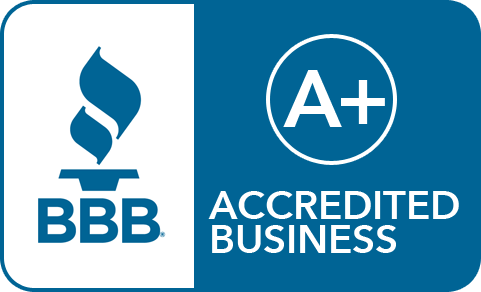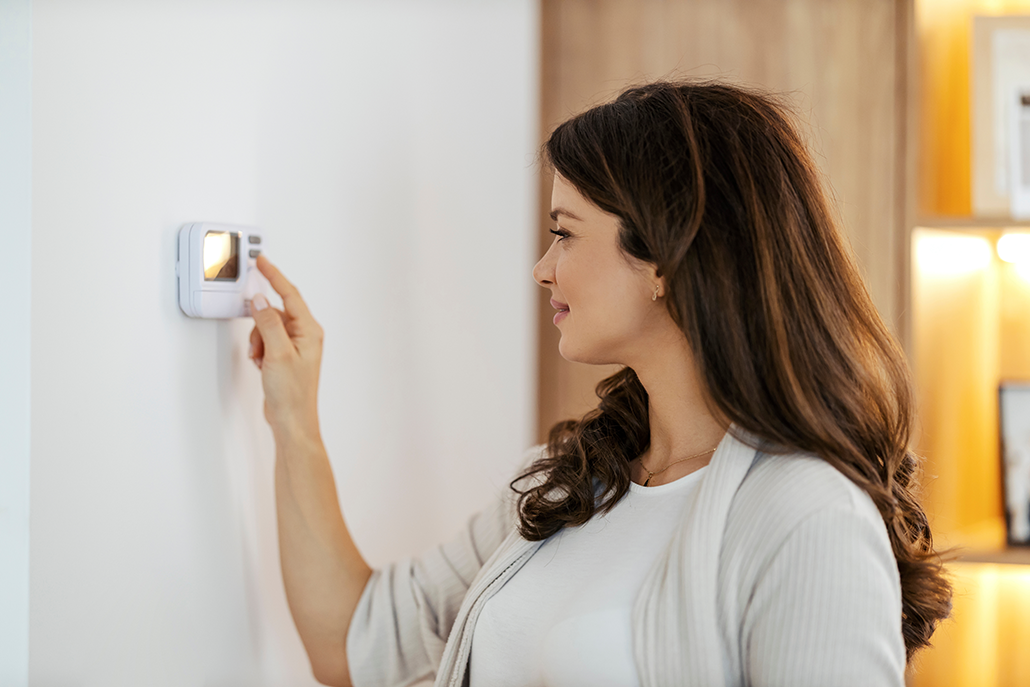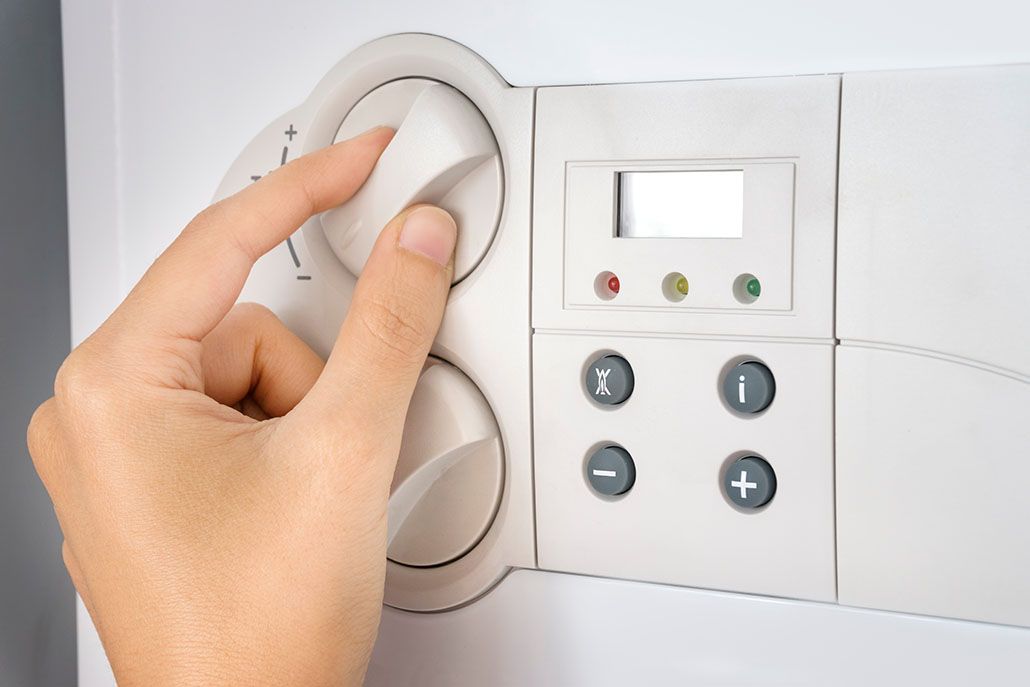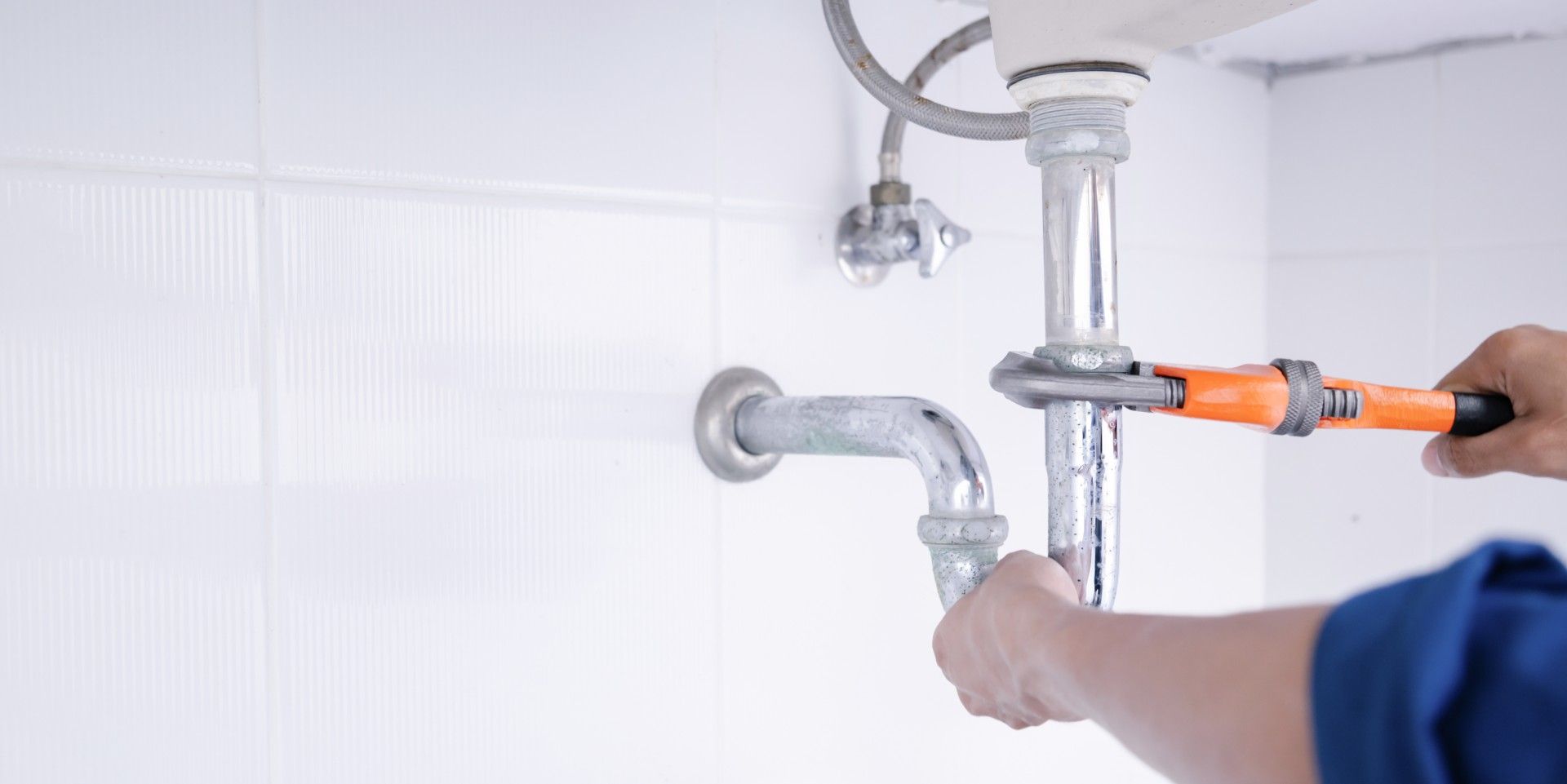Winterizing pipes involves a series of steps to prepare a home's interior and exterior plumbing to withstand extreme cold temperatures, preventing freezing and avoiding potential pipe bursts and leaks. When water freezes into ice, it expands, creating outward pressure within the pipes, which can cause significant damage.
Winterization is particularly important if you plan to be away from home for an extended period, such as when snowbirds leave their primary residence for a warmer destination during the winter. A crucial aspect of winterizing a vacant house is ensuring that water does not remain in the pipes. The less water present, the lower the risk of freezing and causing severe plumbing damage.
Insulate, Insulate, Insulate
The most effective way to winterize your pipes is by insulating them. When exposed to frigid temperatures, pipes are at risk of freezing, which can stop the water flow and potentially cause pipes to crack or burst. We recommend using protective foam to insulate your pipes to prevent costly plumbing repairs, water damage, mold growth, and the inconvenience of being without water. This economical solution can be installed in just one day.
In newer homes, contractors often ensure pipes are protected from extreme temperatures. However, if you have an older home, your pipes might need insulation. If you need help determining whether your pipes are insulated, consider hiring a licensed plumber to inspect your plumbing system. This will help you understand its condition and how to care for it during the winter.
Don't Leave Hoses in the Cold!
As the seasons change and you no longer need to water your lawn or plants, it's advisable to disconnect exterior hoses from their spigots. After disconnecting, shake out any excess water and store the hoses safely in a garden shed or garage.
Leaving hoses connected during winter can lead to freezing and cracking, necessitating their replacement in the spring. Additionally, freezing hoses can create ice blockages that extend back into the fixture and pipes, potentially causing more extensive damage to your plumbing system.
The same principle applies to sprinkler systems. If you have an installed system, ensure it is properly shut off and winterized. It typically involves draining the system of all water to prevent ice formation, which can crack pipes and damage sprinkler heads. Consider using compressed air to blow out any remaining water in the lines. By taking these preventative steps, you can avoid costly repairs and ensure your equipment is ready to function smoothly when warmer weather returns.
For added protection, consider using insulated covers for exterior fixtures and faucets. These covers can provide an extra layer of defense against the cold, reducing the risk of freeze damage. Regularly inspecting your outdoor plumbing fixtures for any signs of wear or damage before the onset of winter can also help you address potential issues before they become significant problems. By being proactive, you can safeguard your home's plumbing system and enjoy a hassle-free transition into the warmer months.
Seal Leaks - Even Air Leaks
Close all exterior openings in the home's envelope to prevent frigid outside air from contacting indoor pipes. This involves sealing or closing crawl space vents and access doors, as well as plugging or covering other openings, such as gaps around plumbing pipes and electrical conduits entering the house. Inspect the intersections between exterior walls for cracks and fill them with caulking, including the joint between the exterior wall and the foundation sill. For openings too large for caulking, use expanding spray foam insulation.
While checking and sealing these areas, apply these winterizing tips to other parts of your home to protect against cold drafts. This will help prevent heat loss and improve energy efficiency throughout the winter. Addressing these vulnerabilities can keep your home warmer and reduce your heating costs. Sealing gaps and cracks also helps to prevent pests from entering your home, creating a more comfortable and secure living environment. Consider weatherstripping around doors and windows as an additional measure to keep out cold air. Ensure adequate attic insulation, as heat rises and can escape through the roof if not adequately contained. Regular maintenance and inspections of these areas can significantly enhance your home's resilience against winter conditions, ensuring a cozy, energy-efficient living space.
Call the Professionals
Picture Perfect Plumbing and Heating can fix whatever issues come your way. As licensed master plumbers and heating contractors, we have the experience and certifications to provide you with the absolute best heating and plumbing services available. The same goes for all the winterizing work you need completed each year. Call 718-266-6600 or fill out the contact form for more winterizing information today!
You might also like
Book a Service Today
We will get back to you as soon as possible
Please try again later
All Rights Reserved | Picture Perfect Plumbing and Heating




